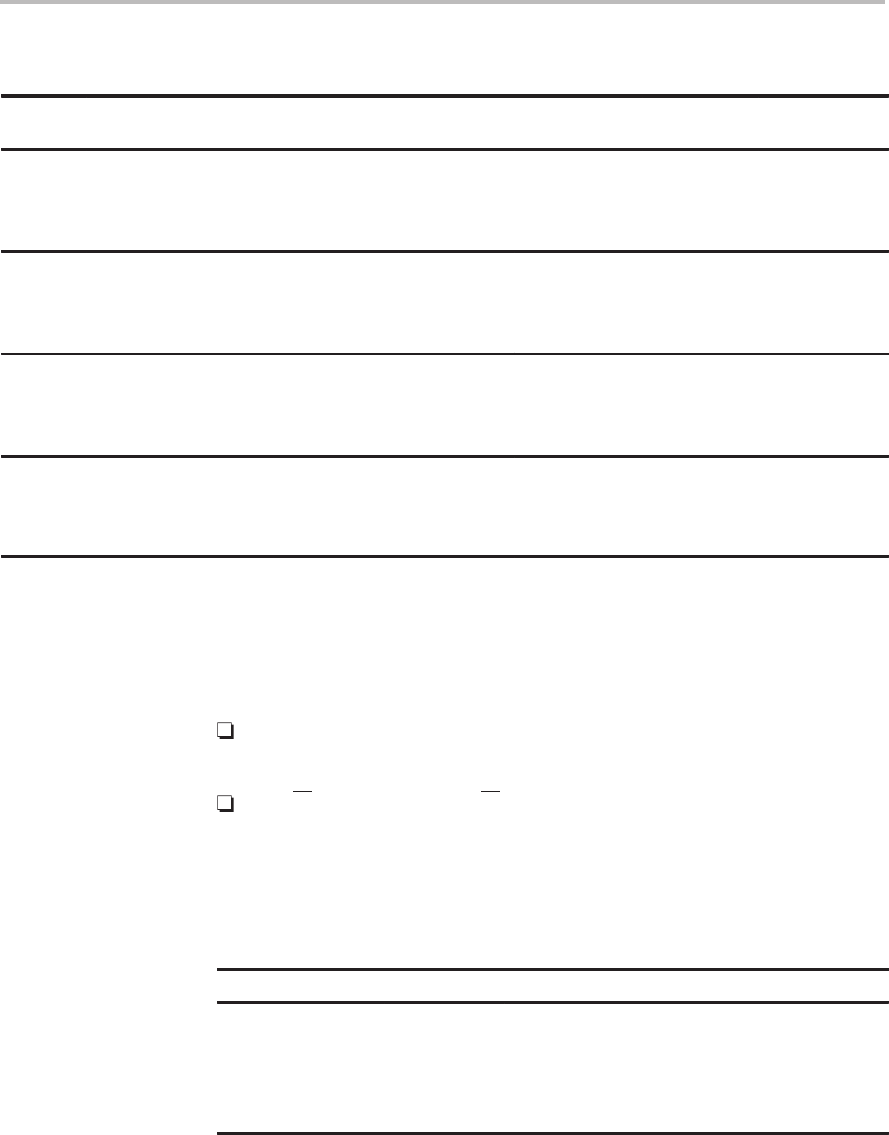Calculator User Manual
Table Of Contents
- Read This First
- Contents
- Figures
- Tables
- Examples
- Cautions
- Introduction
- Architectural Overview
- Central Processing Unit
- Memory and I/O Spaces
- Program Control
- Addressing Modes
- Assembly Language Instructions
- Instruction Set Summary
- How To Use the Instruction Descriptions
- Instruction Descriptions
- ABS
- ABS
- ADD
- ADD
- ADD
- ADD
- ADDC
- ADDC
- ADDS
- ADDS
- ADDT
- ADDT
- ADRK
- AND
- AND
- AND
- APAC
- APAC
- B
- BACC
- BANZ
- BANZ
- BCND
- BCND
- BIT
- BIT
- BITT
- BITT
- BLDD
- BLDD
- BLDD
- BLDD
- BLDD
- BLPD
- BLPD
- BLPD
- BLPD
- CALA
- CALL
- CC
- CC
- CLRC
- CLRC
- CMPL
- CMPR
- DMOV
- DMOV
- IDLE
- IN
- IN
- INTR
- LACC
- LACC
- LACC
- LACL
- LACL
- LACL
- LACT
- LACT
- LAR
- LAR
- LAR
- LDP
- LDP
- LPH
- LPH
- LST
- LST
- LST
- LST
- LT
- LT
- LTA
- LTA
- LTD
- LTD
- LTD
- LTP
- LTP
- LTS
- LTS
- MAC
- MAC
- MAC
- MAC
- MACD
- MACD
- MACD
- MACD
- MACD
- MAR
- MAR
- MPY
- MPY
- MPY
- MPYA
- MPYA
- MPYS
- MPYS
- MPYU
- MPYU
- NEG
- NEG
- NMI
- NOP
- NORM
- NORM
- NORM
- OR
- OR
- OR
- OUT
- OUT
- PAC
- POP
- POP
- POPD
- POPD
- PSHD
- PSHD
- PUSH
- RET
- RETC
- ROL
- ROR
- RPT
- RPT
- SACH
- SACH
- SACL
- SACL
- SAR
- SAR
- SBRK
- SETC
- SETC
- SFL
- SFR
- SFR
- SPAC
- SPH
- SPH
- SPL
- SPL
- SPLK
- SPLK
- SPM
- SQRA
- SQRA
- SQRS
- SQRS
- SST
- SST
- SUB
- SUB
- SUB
- SUB
- SUBB
- SUBB
- SUBC
- SUBC
- SUBS
- SUBS
- SUBT
- SUBT
- TBLR
- TBLR
- TBLR
- TBLW
- TBLW
- TBLW
- TRAP
- XOR
- XOR
- XOR
- ZALR
- ZALR
- On-Chip Peripherals
- Synchronous Serial Port
- Asynchronous Serial Port
- TMS320C209
- Register Summary
- TMS320C1x/C2x/C2xx/C5x Instruction Set Comparison
- Program Examples
- Submitting ROM Codes to TI
- Design Considerations for Using XDS510 Emulator
- E.1 Designing Your Target System’s Emulator Connector (14-Pin Header)
- E.2 Bus Protocol
- E.3 Emulator Cable Pod
- E.4 Emulator Cable Pod Signal Timing
- E.5 Emulation Timing Calculations
- E.6 Connections Between the Emulator and the Target System
- E.7 Physical Dimensions for the 14-Pin Emulator Connector
- E.8 Emulation Design Considerations
- Glossary
- Index

’C209 Memory and I/O Spaces
11-9
TMS320C209
Table 11–2. ’C209 Data-Memory Configuration Options
RAMEN CNF
DARAM B0
(hex)
DARAM B1
(hex)
DARAM B2
(hex)
SARAM
(hex)
External
(hex)
Reserved
(hex)
0 0 0200–02FF 0300–03FF 0060–007F – 0800–FFFF 0000–005F
0080–01FF
0400–07FF
0 1 – 0300–03FF 0060–007F – 0800–FFFF 0000–005F
0080–02FF
0400–07FF
1 0 0200–02FF 0300–03FF 0060–007F 1000–1FFF 2000–FFFF 0000–005F
0080–01FF
0400–0FFF
1 1 – 0300–03FF 0060–007F 1000–1FFF 2000–FFFF 0000–005F
0080–02FF
0400–0FFF
A portion of the on-chip I/O space contains the control registers listed in
Table 11–3.The corresponding registers on other ’C2xx devices are not at the
addresses shown in this table. When accessing the I/O-mapped registers on
the ’C209, also keep in mind the following:
The READY pin must be pulled high to permit reads from or writes to regis-
ters mapped to internal I/O space. This is not true for other ’C2xx devices.
The IS (I/O select) and R/W (read/write) signals are visible on their pins
during reads from or writes to registers mapped to internal I/O space. On
other ’C2xx devices, none of the interface signals are visible during inter-
nal I/O accesses.
Table 11–3. ’C209 On-Chip Registers Mapped to I/O Space
I/O Address Name Description
FFFCh TCR Timer control register
FFFDh PRD Timer period register
FFFEh TIM Timer counter register
FFFFh WSGR Wait-state generator control register
Note: The corresponding registers on other ’C2xx devices are not at these addresses.










